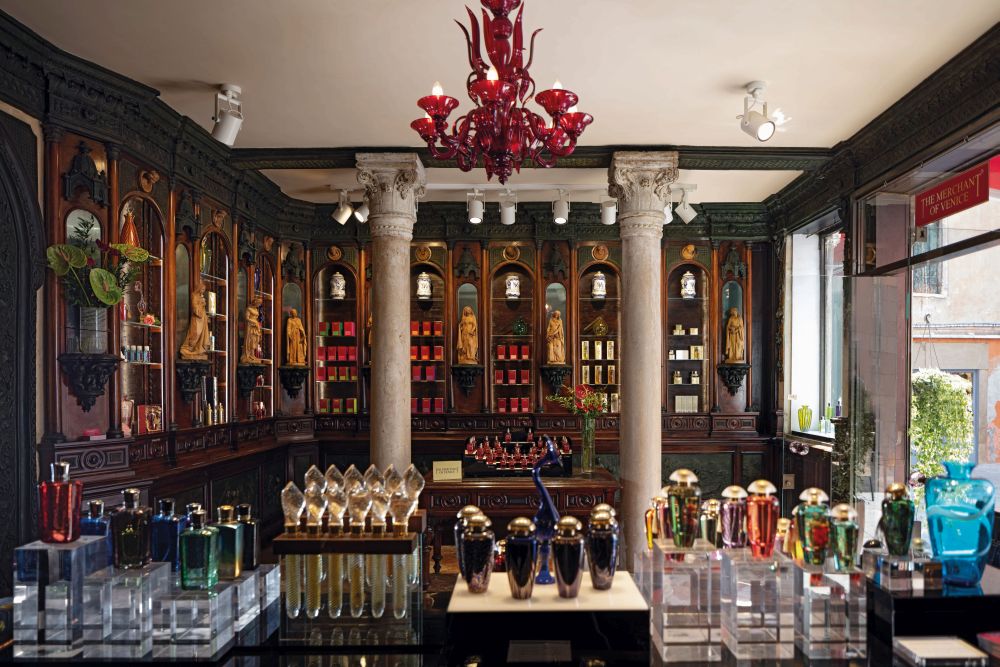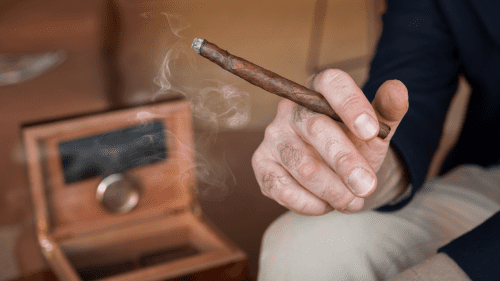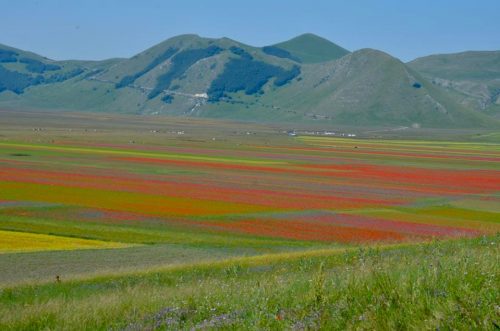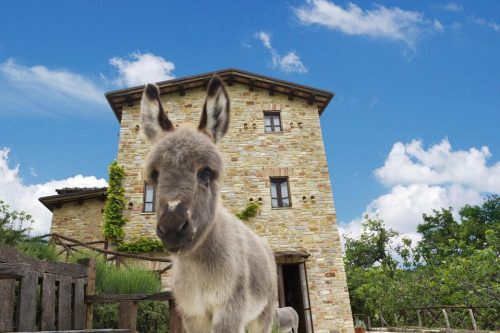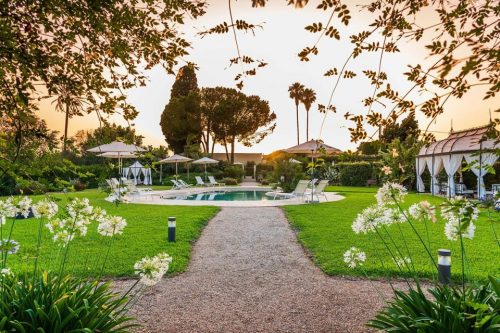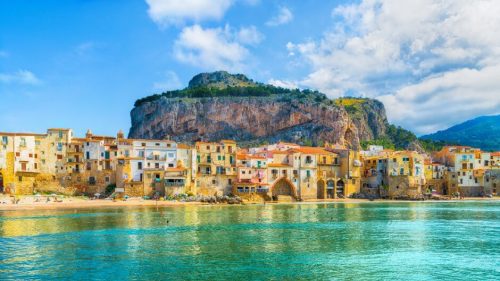Venice is a fragrance: discover La Serenissima's history of perfumery
More than a simple link, that between Venice and perfumes is a centuries old love story, made of merchants, artisans, exotic travel and sophisticated ladies.
“A realist, in Venice, would become a romantic by mere faithfulness to what he saw before him.”
La Serenissima
Once upon a time, when Venezia was La Serenissima and the merchants’ routes to and from far away destinations were called “Mude”, the lively and elegant high society living along the canals had the chance to enjoy and experience, among the firsts in the Western world, the emergence of an emerging art: perfumery.
It is no surprise, then, that the first edition of the first Western book ever published on the subject of fragrances and perfumery, Giovanventura Rossetti’s Notandissimi secreti de l’arte profumatoria, first came out in Venice, in 1555. The Renaissance was in full bloom, and the local aristocracy could enjoy the scent of new fragrances, coming from exotic raw materials and turned into perfumes by the craft of new artisans.
Musk into gloves
These artisans also bore new words. For example, there were the untranslatable Muschieri, whose name came from the action of putting musk into gloves in order to conceal the strong, original smell of leather. But scents and perfumes were not only put inside gloves: they embellished rooms, clothes, objects, and of course people.
And it was not only musk: rare, new and exotic raw materials, such as benzoin, coming from shrubs and trees of the Styrax species, or more cruel ingredients like “grey amber”, or Ambergris, that is in fact obtained from the guts of sperm whales, were the source of new products that only the skilled hands of local artisans could create. It was this “East meets West” atmosphere, so geographically and historically peculiar, that created the foundation for the artistic perfumery to rise and prosper in Venice.
Old families and museum halls
Today’s Venice is still rich in the art of perfume, with historical names like Gritti, whose fragrances are inspired by the compositions of Alvise Gritti, notable alchemist and traveller of the Renaissance, or newcomers like Re Profumo, whose perfumes are inspired by Venetian life in the early Xxth century. There’s the luxury brand The Marchant of Venice, inspired by the naval “mude” in ancient Asia, and precious shops like Muschieri (yes, that name again), that also have its own lines of home fragrances and eau de cologne.
And there’s even a museum, supported by yet again another perfumery brand, Mavive, celebrating the historical love story between Venice and perfumes in all its glory: San Stae Museum at Palazzo Mocenigo hosts five rooms entirely dedicated to the history, art and craft of perfumery. Here, you can find the recreation of the laboratory of a 16th century’s perfumer, with original pieces and reconstructions of instruments such as the loom to extract essential oils from flowers (enfleurage), filtering tools, or a chest full of white cold paste for Venetian soaps. Plus interactive walls, a map that you can smell, old texts with formulae and recipes, a classification of olfactive families and an impressive collection of perfume bottles from the Monica Magnani Collection. Basically, a multi-sensorial experience to encapsulate within that extrordnary, multifaceted experience that is a day in Venice.

